News
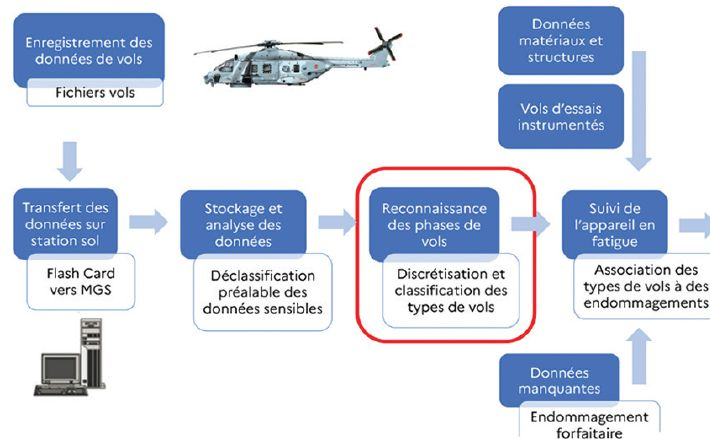
MISSILE DEFENSE THE "IAMD" CONFERENCE CELEBRATES 20 YEARS IN PORTO
Article published in Lettre 3AF N°4-2023
by Emmanuel Delorme co-chair (MBDA-Systems), Yannick Devouassoux co-chair (ArianeGroup),
Luc Dini co-chair (THALES LAS), Co-presidents of 3AF International conference on IAMD
THE 3AF IAMD (INTEGRATED AIR AND MISSILE DEFENSE) INTERNATIONAL CONFERENCE CELEBRATED ITS 20TH ANNIVERSARY IN PORTO
Every two years, the Integrated Air and Missile Defense (IAMD) community gathers at the 3AF International IAMD Conference to discuss the state of the field from a political/military/industrial perspective. This year's conference was held in Porto from June 13 to 15, with 250 participants from 17 countries (see Figure 1). It was a special edition, as the conference celebrated its 20th anniversary. Introduced by 3AF's Director General and the conference's three co-chairs (see Figure 2), it was a good opportunity to reflect on its evolution.
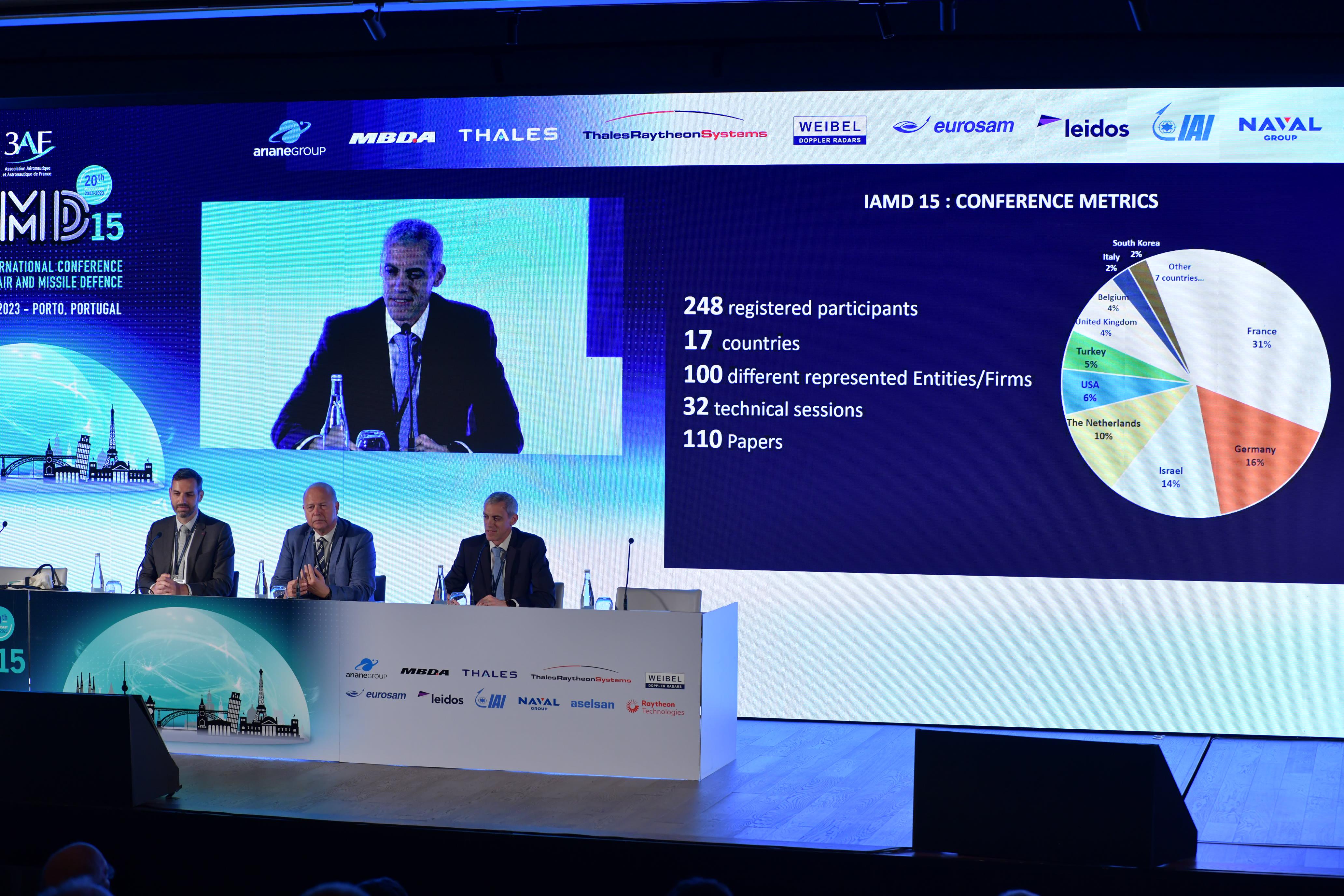
Figure 1: good statistics from the introductory conference.
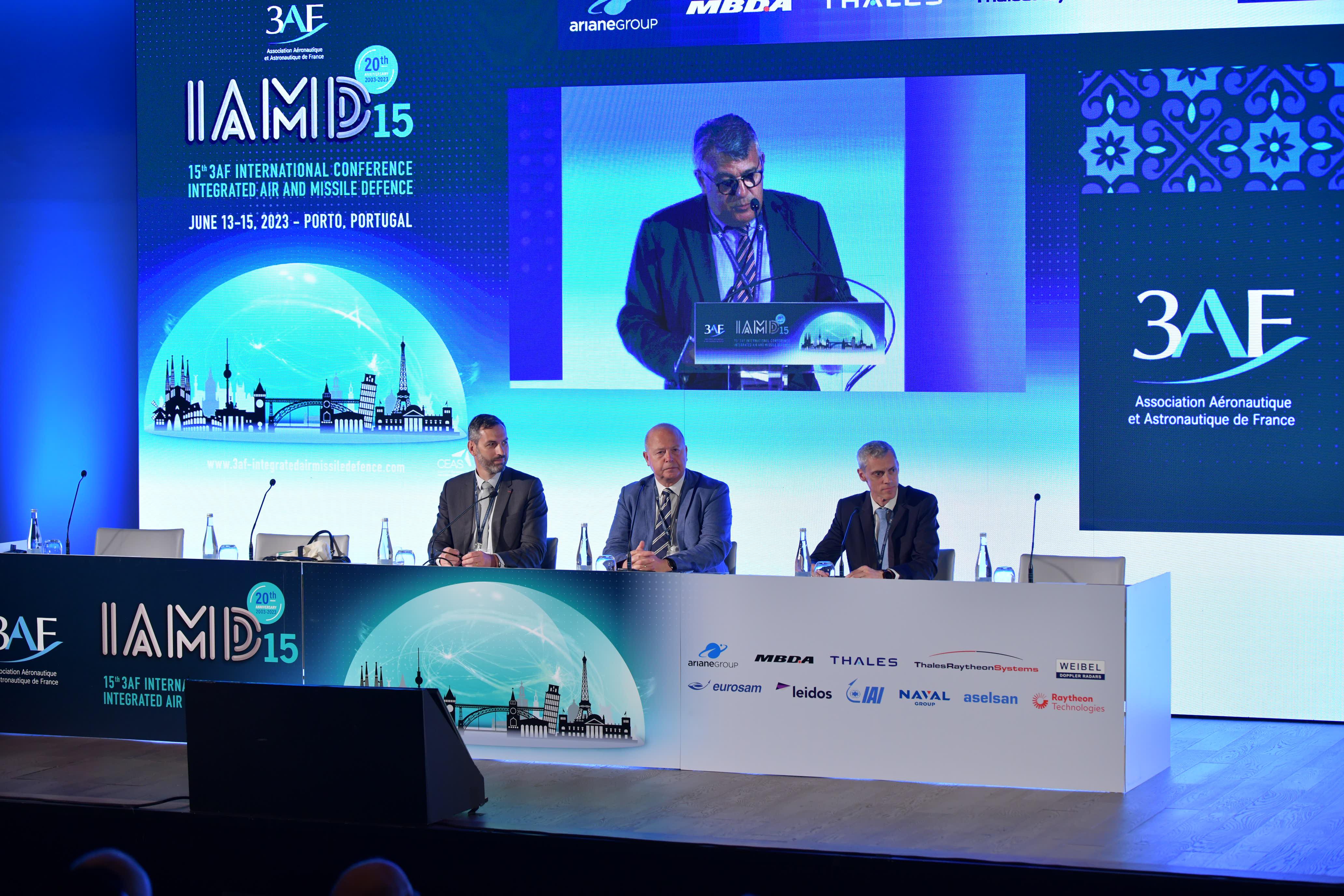
Figure 2: Michel Assouline, General Manager of 3AF (top), introduces the IADM15 conference, with the three co-chairs: Left, Emmanuel Delorme (MBDA), Center, Luc Dini (THALES), Right, Yannick Devouassoux (ArianeGroup).
A brief review of the evolution of the IAMD through the conference agendas
The conference was born in 2003 in Arcachon (near Bordeaux, France), on the basis of a joint analysis by 1/ the DGA, 2/ the French aeronautics and astronautics association 3AF and 3/ Europe's only ballistic missile manufacturer - EADS launchers then, ArianeGroup now - that Europe lacked a non-governmental forum to discuss the technical aspects of ballistic missile defense (BMD). At the time, theater ballistic missile defense was still essentially the preserve of the nuclear powers, and NATO was just beginning to assess the political feasibility of theater ballistic missile defense, with technical feasibility underpinned by contracts with industry.
This first edition was a success, with strong support from American and Israeli industry (see Figure 3). The first day was devoted to speeches by senior government representatives to set the political and military context. The following days were devoted to technical sessions to discuss key issues linked to the feasibility of ballistic missile defense: threat analysis, detection, tracking and discrimination, interception and command and control.
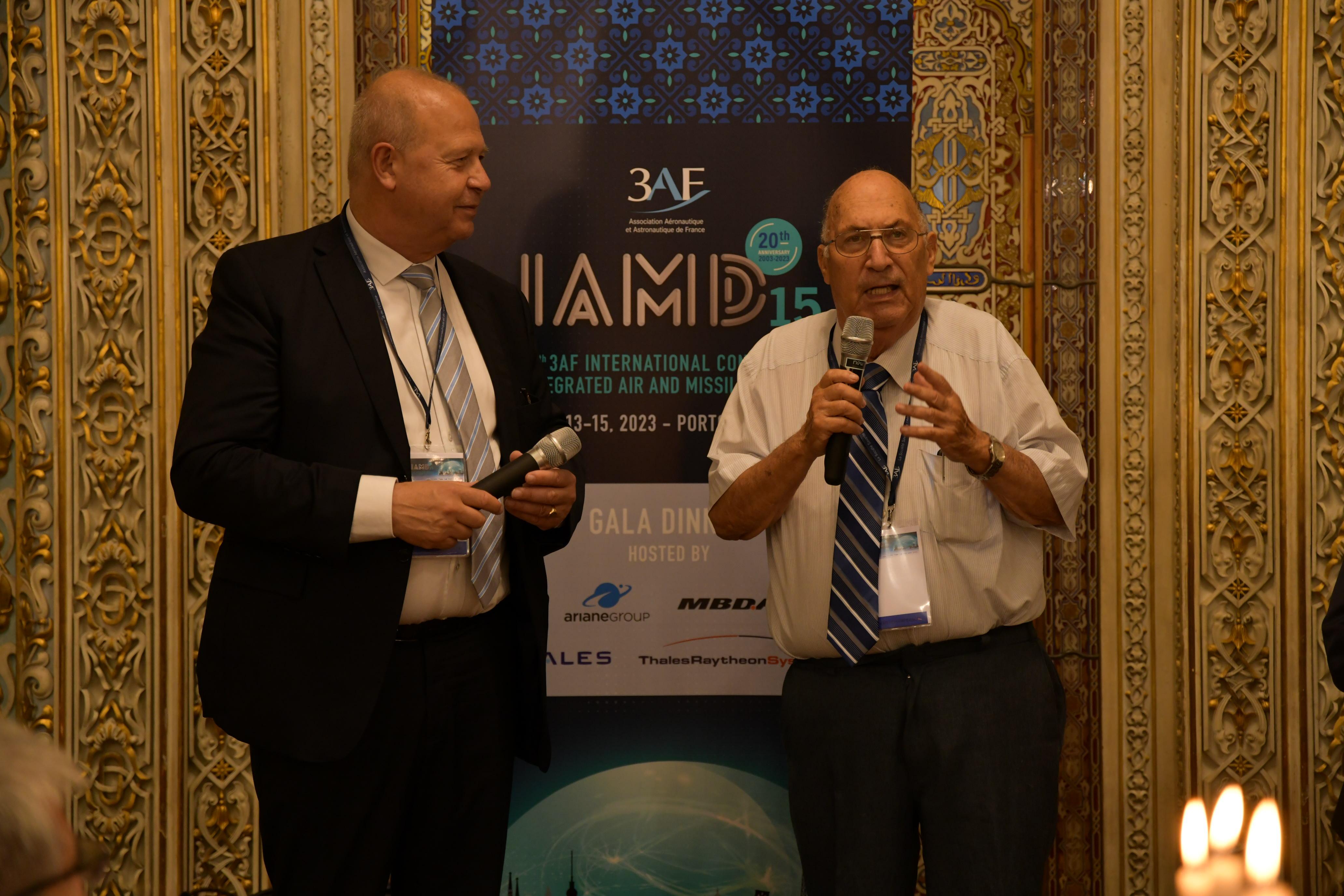
Figure 3: Uzi Rubin (right), a pioneer of Israeli missile defense, former director of the Arrow program, former director of the IMDO
(Israel Missile Defense Office), and one of the first Israeli representatives to wholeheartedly support 3AF's Missile Defense conference since its
1st edition in Arcachon.
On the European side, support has grown with the active participation of Thales (France, Netherlands) and TRS (a transatlantic joint venture between Thales and Raytheon) and European missile leader MBDA, as well as other European companies such as BAE and IABG. Over the years, companies and research organizations from other countries, such as Turkey's Aselsan and South Korea's Defense Development Agency, have joined the list of sponsors and regular participants. This conference has always been chaired by industry, initially by ArianeGroup, joined by Thales in 2008 and finally MBDA in 2017, demonstrating both the growing attention paid to missile defense in Europe by the major European industrial groups and the convergence between ballistic missile defense (the starting point) and air defense to counter airborne threats, notably cruise missiles. Coordination of this conference with that run by the US Missile Defense Agency (MDA) is ensured by the participation of 3AF conference chairmen on the MDA conference program committee.
With the participation of NATO (see Figure 4), the subject has grown sufficiently to justify an annual conference, whose existence has enabled us to bear witness to developments and make a modest contribution to the turning points that followed. In 2006, NATO decided to develop an Active Layered Theater Ballistic Missile Defense (ALTBMD) program to protect troops against ballistic missiles. In 2008, the conference was held in Prague, coinciding with the signing of an agreement between the USA and the Czech Republic to build a third Ground-Based Interceptor (GBI) site in Europe to better protect the USA against Iranian ballistic missile attacks. In 2009, the Obama administration changed course and decided that an adapted and progressive approach in Europe (EPAA), based on SM-3 interceptor sites in Poland and Romania and an advanced radar in Turkey, was a better solution given the country's technical and political situation at the time. EPAA was proposed as the US contribution to NATO defense, and after further feasibility studies on territorial missile defense, NATO decided in 2010 to extend the ALTBMD program to protect its territory and population as well. The program was renamed NATOBMD. 2010 was also a key date, with the very first demonstration of the ALTBMD intermediate capability (InCa), which was tested with prototypes of NATO's command and control core components, AirC2 and ACCS TMD, and declared operational at the NATO summit in Chicago in 2012. Of course, these developments in Europe met with strong opposition from the outset from Russia, which was invited to express its position on the first day of the conference via several official representatives. This was no longer the case after the invasion of Crimea in 2014. Meanwhile, rockets rained down on Israel and Iran developed a considerable ballistic arsenal, leading to the rapid development of a multi-layered missile defense in the country.
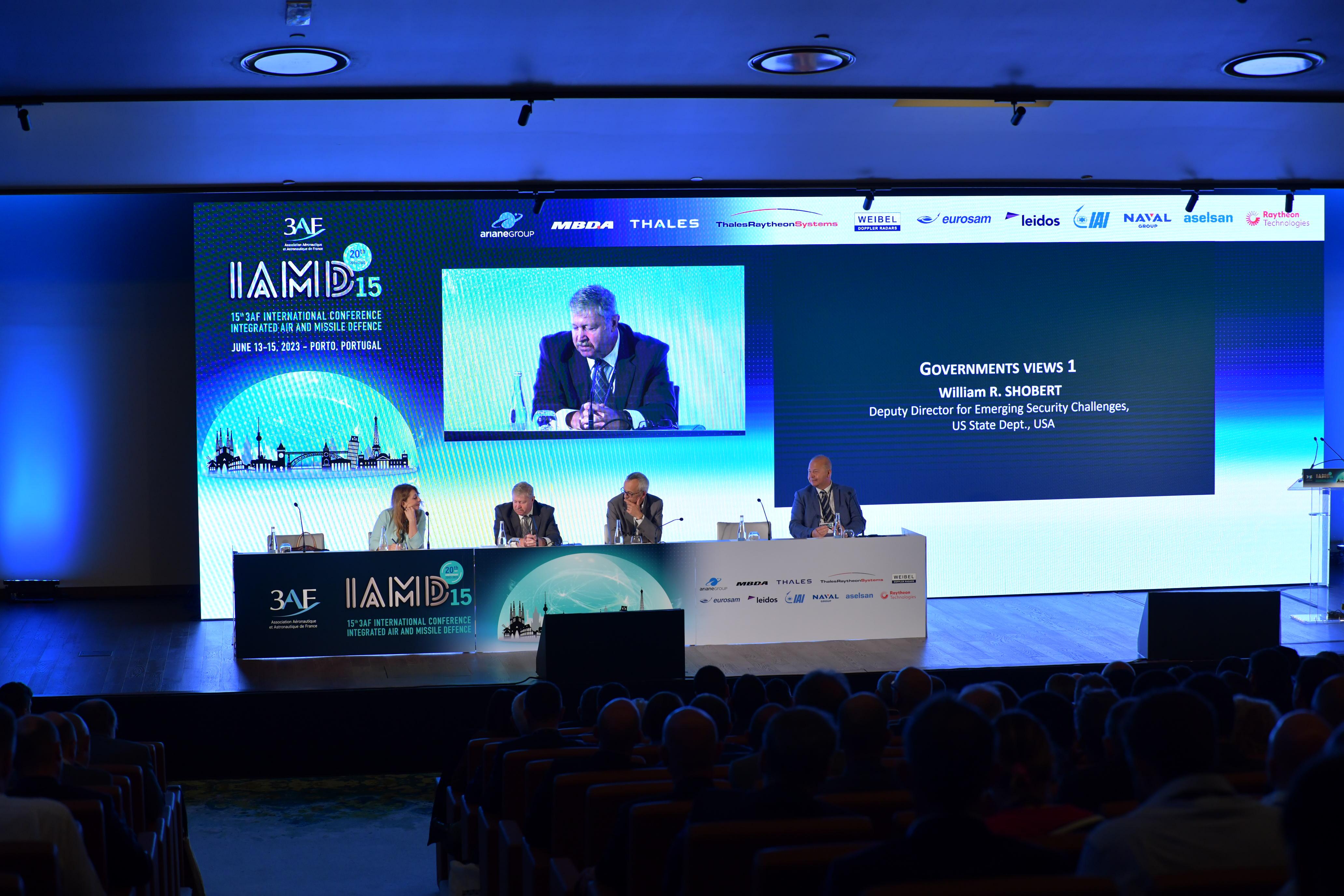
Figure 4: Panel Government views with participation from left to right:
Ms Radoslava Stefanova (NATO, Investment Division ) responsible for BMD, Mr William Shobert, US Department of State, Deputy Director of the Office of Emerging Security Challenges in the Bureau of Arms Control, Ingénieur général Le Meur Direction générale des relations internationales et de la stratégie - Ministère des armées (France).
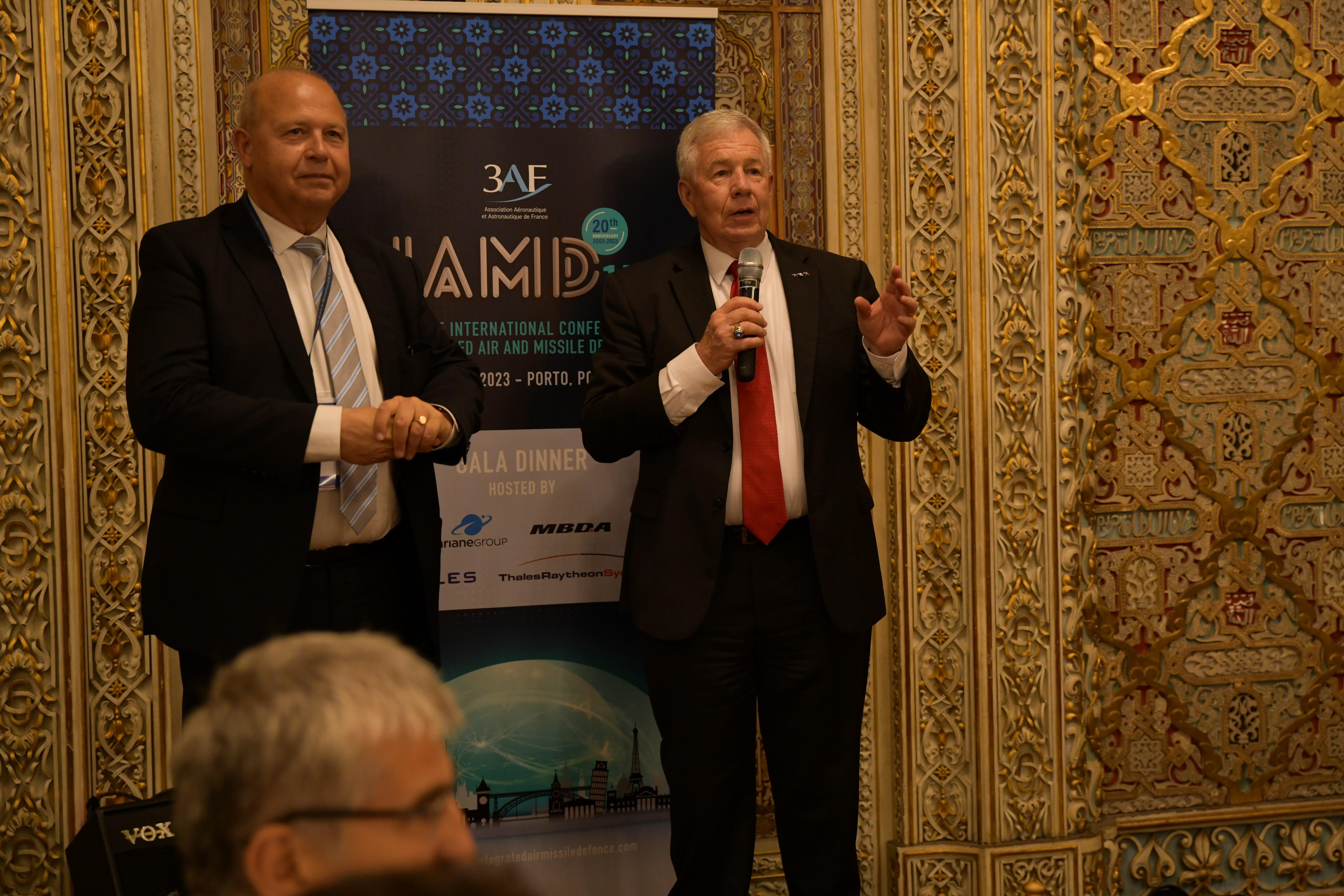
Figure 5: Major General (ret) Trey Obering - Former Director of the US Missile Defense agency, attending the IAMD conference in 2008, 2011 and 2023.
The 3AF IAMD Steering Committee took several initiatives during the negotiations on missile defense cooperation between NATO, Russia and the USA:
1. In 2008, Russia was invited to take part in the 3AF missile defense conference in Prague, when General Trey Obering (see Figure 5), then Director of the US MDA, signed a BMD radar cooperation agreement with the Czech Prime Minister. This participation, demonstrating the openness of American and European industry to possible cooperation under the aegis of official discussions between the USA, NATO and Russia, continued in Lisbon (2010), San Sebastian (2011), Paris (2012) and finally Bucharest (2013). This period was useful for analyzing and comparing the perceived roles of missile defense on both sides.
2. 3AF sent European industry representatives to the NATO missile defense exhibition held during the NATO summit in Chicago in 2012, to highlight European industry's contributions to the missile defense effort, complementing the considerable efforts of the United States. One of the topics was multi-sensor networks. This topic was then discussed again between 3AF, industry representatives and US think tanks following an invitation from the Atlantic Council US to an exchange of views in Washington DC in 2013. The white paper drafted by US and European industry at the 3AF Missile Defense conference in Mainz (2014) kicked off a NIAG (NATO Industrial Advisory Group) study on multi-sensor clusters in 2017, bringing together 33 companies from 17 countries.
This shows what can be achieved through the conference taking advantage of the presence of industry and government representatives to explore, over time, technical solutions and ways of cooperating to develop them.
Over these two decades, conflicts have emerged, confirming or redirecting the community's focus. Short-range ballistic missiles were used on a massive scale in Syria from 2014, then by the Houthis against Saudi Arabia from 2015, with almost 1,000 missiles fired. Missile defenses proved their effectiveness in these events, 20 years after a disappointing record in the first Gulf War in 1991, reinforcing the usefulness of BMD.
Another trend was highlighted by the drone attack on a Saudi refinery in 2019, as well as during the Nagorno-Karabakh conflict. Whereas ballistic missiles had become the "poor man's aviation", drones have become the "poor man's cruise missiles".
This was well received by NATO, which moved from BMD to IAMD in 2014, which naturally led to the evolution of the scope of the conference, originally dedicated to missile defense since 2003, into a conference on Integrated Air and Missile Defense (IAMD) in 2017 in Stockholm.
After decades of development, hypersonic missiles are now coming of age and are being used in the war in Ukraine, alongside all the aforementioned air and ballistic threats. Defense now faces a very wide range of threats, from cheap, slow, low-flying drones with low radar signatures, to ultra-rapid intercontinental ballistic missiles and hypersonic gliders that are very difficult to develop and intercept. As the availability and effectiveness of traditional air defences increases, these two ends of the spectrum are (at least in the early stages of a conflict) the preferred axes for the offensive camp to saturate or penetrate defences.
That's why the IAMD conference covers the whole spectrum of threats and defenses, from rockets and space surveillance to ballistic missiles and anti-satellite weapons.
TRENDS IDENTIFIED DURING DISCUSSIONS AT THE 15TH IAMD CONFERENCE
The 15th IAMD conference, with its many contributions from government officials, academics and technical experts, provided a comprehensive overview of current political, military and technical issues. This article attempts to provide a contextualized summary of the rich and diverse discussions held at the conference.
POLITICAL AND MILITARY CONTEXT
Recent conflicts have confirmed the need for integrated air and missile defense. Defense budgets are increasing worldwide, and IAMD remains part of the portfolio of capabilities to be acquired and/or developed, for reasons specific to each country. One or more of the following reasons apply:
- While nuclear deterrence remains at the heart of the defense of nuclear and NATO countries, IAMD changes an adversary's calculus, as it increases the scale of attack required to achieve its objectives, and thus increases the risk of crossing a possible nuclear threshold. Moreover, Russia's aggression against Ukraine shows once again that nuclear deterrence still holds: NATO countries are not targeted by Russia, despite the considerable aid given to Ukraine, on the understanding that NATO weapons delivered to Ukraine must not be used against Russian territory.
- IAMD provides an anti-access capability: as long as air defences hold, the airborne platforms needed for heavy bombing campaigns are banished from the skies. This makes IAMD an attractive capability for countries faced with a large air force. The recent export successes of the S-300 and S-400 can be seen in this light.
- IAMD counteracts area denial weapons such as precision strike missiles (cruise missiles and maneuvering ballistic missiles), an imperative for any country with an expeditionary force. Maritime missile defense follows this logic.
- IAMD protects key economic infrastructures such as power plants, refineries and decision-making centers, all of which are necessary for the continuation of a war effort, and protects population centers to preserve morale.
- IAMD facilitates military integration because, simply put, the more systems cooperate by exchanging information, the more capabilities they have and the more effective they are. The IAMD therefore helps to consolidate alliances, and is a powerful tool of influence.
- The IAMD is a highly demanding mission, requiring technological and operational innovation, driving the industry towards excellence. Excellence is spreading throughout the industry and is essential for export, making IAMD capabilities more affordable for its developers.
- IAMD is one of the pillars of NATO's defense strategy. This capability, based on the interoperability of national systems, is gradually being deployed. Newcomers Sweden and Finland, currently in the process of joining NATO, will bring additional capabilities to the Alliance.
Over the past three years, several European countries have decided or confirmed their commitment to improving their existing capabilities by developing or acquiring new means: space-based early warning and interception systems capable of detecting and defending against hypersonic missiles are being studied as part of the permanent structured cooperation project1 Timely Warning and Interception with Space-based TheatER- TWISTER2- coordinated by France with Finland, Germany, Italy, the Netherlands and Spain. This political will is supported by the European Defense Fund, which is subsidizing a feasibility study project for a space-based theater missile defense early warning system, and 2 projects for the design phase of an interceptor against high-spectrum threats, notably hypersonic, with MBDA coordinating one of the consortia. Germany signed a non-binding agreement with 14 countries on the European Sky Shield Initiative (ESSI), a missile defense architecture built around the American Patriot, German Iris-T and Israeli Arrow 3 missile defense systems.
1 - The possibility for Member States to engage in permanent structured cooperation (PESCO) in the field of security and defense was introduced by Article 42(6) of the Lisbon Treaty on European Union (TEU), which provides that "Those Member States whose military capabilities meet higher criteria and which have made more binding commitments to one another in this area with a view to the most demanding missions shall establish permanent structured cooperation within the Union framework https://www.pesco.europa.eu/about/n
2 - https://www.pesco.europa.eu/project/timely-warning-and-interception-with-space-based-theater-surveillance-twister/
The United Kingdom plans to deploy an improved missile defense radar by the end of the decade. France and Italy have launched the SAMP/T NG (development and production) program, an evolution of the SAMP/T air defense system currently deployed in Ukraine, including new AESA radars, new engagement modules and an improved Aster missile, offering not only enhanced capability but also strong growth potential. At the same time, the Netherlands has developed new SMART-L multi-mission AESA radars, deployed for the Air Force's long-range capability and for the Navy.
Israel, under constant threat from rockets and missiles, reinforces its multi-layered defense architecture with the addition of the David's Sling defense system and develops the Arrow 4 to succeed the Arrow 2. Rafael has teamed up with Raytheon to produce the Iron Dome in the USA, a system that has proved its effectiveness against rocket attacks.
South Korea is developing indigenous systems to protect itself against North Korea, which is steadily expanding and testing its missile arsenal. Japan continues its long-standing cooperation with the USA to do the same.
The United States is improving its overall capabilities, developing new systems to deal with hypersonic threats, and strengthening its alliances to keep its two strategic competitors, Russia and China, under control.
The national defense architecture is extended to space to enable 24/7 global detection and tracking of missile threats, including hypersonic missiles. To achieve this, constellations of satellites are launched into low-Earth orbit to detect launchers (detection layer), detect launches (early warning), track missiles during flight (trajectory layer) and exchange low-latency data (communication layer).
In response to the growing value of space-based functions, space warfare capabilities are being developed, tested and deployed: spy satellites, kinetic and non-kinetic anti-satellite weapons, electronic warfare and cyber capabilities to jam, neutralize or even take control of space-based capabilities.
The lower end of the threat spectrum is of growing concern, as drones are no longer just the missiles of the poor, but also the new improvised explosive devices. In this respect, security issues are merging with military ones, and cheaper, more effective solutions to these threats are being developed.
The technical aspects of the threats and defenses mentioned above were all discussed at the conference, and are developed below.
EVOLUTION OF THE THREAT
As new missile systems appear on the world scene, they are analyzed by the intelligence community and technical experts to estimate their performance, assess the technologies involved and their limitations, position the country on the ladder of missile expertise, and estimate operational constraints and concepts of operations. The conference devotes half a day to these analyses by leading experts in the field. This year's topics included a Russian ICBM, a North Korean ballistic missile with a hypersonic glider, Air Launch Ballistic Missiles (ALBMs), anti-ship threats and the use of cruise missiles in conflict.
The Russian and North Korean cases discussed demonstrated reverse-engineering efforts to confirm official statements and missile performance after recent tests. The ALBM presentation was a retrospective on the development of such systems, which came back into the spotlight with the use of the Kinzhal (airborne Iskander) by Russia in Ukraine. Despite numerous developments in the past, the ALBM concept has become outmoded, replaced by cheaper, more compact cruise missiles. Improved missile defenses are the reason why ALBMs are now more relevant, as they are more difficult to intercept than subsonic missiles. Since the Falklands War, anti-ship missiles have been widely recognized as a key element of maritime supremacy. A presentation gave an overview of these systems. Finally, a summary was given of the use of cruise missiles in recent conflicts - a family that includes drones (unmanned, self-propelled, self-guided) - to conclude that their threat was until recently underestimated in comparison with ballistic missiles.
DEFENSE ARCHITECTURES
Defense architectures need to adapt to the evolution of threats in terms of performance, volume and concepts of use. New offensive systems do not necessarily replace old ones, so the spectrum of threats to be managed is broadening. As with everything else in our societies, the pace of combat is also accelerating. This is a real challenge for defense architectures. In a well-coordinated attack, multiple defense systems must cooperate seamlessly and in real time to be effective. Defense architectures are systems of systems in the classical sense of the term: a set of independently developed weapon systems coordinated by command and control functions. "Countering advanced threats through advanced integration", said one of the presentations. The concepts of networking, interoperability, modularity, open architectures, layered architectures and scalability were discussed at length. To keep costs under control, existing defense systems and concepts of operation also need to be adapted. Every conflict is rich in lessons in this area; the war in Ukraine is no exception, and featured in many of the presentations.
MODELING AND SIMULATION
The complexity of modern IAMD cannot be managed without appropriate tools. Modeling and simulation are a key part of the toolbox. Through simulation of defense architectures, we can:
- Progressively refine concepts of operations by playing them out, see the results and close the loop to adapt concepts
- Predict and evaluate performance
- Define requirements for future systems
- Communicate effectively with stakeholders and in particular decision-makers
- Train military personnel
Architecture simulation capabilities are expanding to incorporate new threats, including hypersonic systems, new defense systems and the space battlefield. Even if computing power is largely sufficient, questions of model representativeness are always at the heart of discussions; the level of detail required depends on user needs.
As threats evolve, so does the way in which we need to evaluate architecture performance. For example, while the concept of a defended zone against purely ballistic missiles is relatively simple to understand and implement, it's a different story against hypersonic glider ballistic missiles. The definition and visualization of such a defended zone was the subject of one of the presentations.
Of course, the traditional role of simulation in evaluating and verifying a design remains, and was discussed at the conference, mainly around the simulation of hypersonic gliders and hypersonic cruise missiles. The physics involved in flight are complex and depend on atmospheric conditions and material properties. Model validation is therefore essential. Validated material data and flight-test validated models are essential to predict trajectories with controlled accuracy.
Another area where simulation is widely used is the prediction of radar or infrared signatures of threats, in all phases of flight. This is an essential input for evaluating detection and discrimination functions, and good representativeness is needed to confidently assess architecture performance. Here again, the physics is complex, input data is difficult to obtain, and real measurements are needed to validate the models. Few are able to tackle this highly sensitive subject, which is closely linked to intelligence.
INTERCEPTORS AND WEAPON SYSTEMS
There are now several weapons and interceptor systems on the market. Some of these were presented in greater detail at the conference: SAMP/T (current and NG versions) as well as PAAMS and Sea Viper based on the Aster missile, IRIS-T.
New concepts were also discussed, in particular those aimed at intercepting hypersonic weapons. This is a difficult problem, where the interceptor is the last link in a chain that has to work perfectly if we hope to neutralize a threat that is as fast as it is maneuverable.
Last but not least, discussions took place on advanced technical issues such as piloting algorithms and propulsion systems. These subjects are closely linked: an interceptor must catch up with its target. This requires a highly responsive and flexible piloting system. As interceptor altitude increases, aerodynamic control surfaces become ineffective and a specific propulsion system is required. Solid propellant engines are generally (but not exclusively) used, as they are easier to store and handle. Various concepts for such systems have been presented.
DIRECTED-ENERGY WEAPONS
For decades, lasers have been touted as a game-changer, theoretically providing unlimited, low-cost ammunition at the speed of light. They promised to reverse the cost equation in favor of the defender: the ammunition of traditional kinetic missile defense systems is far more expensive than their targets. But the reality is harsh for lasers: their range and power on the target are highly dependent on weather conditions, the effect on the target is highly dependent on the target material, which can lead to huge power requirements and technical hurdles, and, linked to the previous point, you need to be able to illuminate the target for some time before it is neutralized - not shot and forgotten in this case. The potential for collateral damage is also high with high-power lasers, as the eye-blinding threshold is low and therefore the dangerous range lies well beyond the target.
However, technical advances have enabled the development of operationally relevant systems or concepts: lasers have demonstrated their usefulness at short range in dry areas against
"soft targets" such as drones and rockets. Laser systems to neutralize Earth observation satellites are also being deployed.
The conference also addressed the more futuristic anti-drone and anti-hypersonic missile applications, as well as the impact of atmospheric turbulence on laser performance.
SENSORS AND SENSOR NETWORKS
Sensors are used to detect, discriminate and track missiles. Basically, the earlier the detection, the better, and the more sensors in different wavelengths, the better the discrimination. Of course, there are cost considerations to be taken into account here.
Various radar technologies and sensors and their capabilities were presented by Thales, Hensoldt, Weibel, Elta, Naval Group, Aselsan, DRS Rada Technologies and Leonardo. The main results of the NATO Industrial Advisory Group studies (NIAG SG217 then SG260) aimed at multiplying sensor efficiency through high-speed information exchange and coordination were presented after an introduction by the NATO/ACT sponsor. Space-based infrared sensors were also discussed by Airbus and OHB. Such sensors can enable early detection and tracking of high-energy/high-speed missiles. Very few countries have such a capability and, as mentioned in the background description, under the aegis of TWISTER there is currently a European project called ODIN'S EYE, funded by the European Defense Fund to assess the feasibility of such a system.
The use of AI in sensor processing is being explored, particularly for an application where it is usually effective: classification. But as we saw earlier, signatures are difficult to obtain when a vast data set is available in most civil applications. There are therefore pitfalls to be avoided, which were highlighted during this technical session.
COMMAND AND CONTROL
Command and Control (C2) systems are the glue that holds the architecture together. C2 provides planning services, supported by simulation capabilities, constructs the operational situation and directs the execution of operations. It assigns tasks to sensors and weapon systems, and ensures compliance with rules of engagement. He ensures communication between all entities. It must be resilient in the face of kinetic and non-kinetic attacks, such as cyber attacks.
C2 has to manage the complexity of IAMD and support decision-making by providing relevant data at the right time. This is an area where AI could be used in the future. The human interface is essential to achieve performance targets.
Various notions and solutions relating to collaborative and network-centric engagement, mission optimization and dynamic target assignment were discussed.
C-RAM, C-UAV
As low-tech threats multiply, low-cost responses must be found. In addition to the directed-energy weapons presented earlier, other solutions based on mature technologies were presented: radar detection, jamming (UAV) and/or interception by kinetic means. For UAVs in civilian areas, other technologies are being studied: where a swarm of UAVs is highly unlikely, capture can be envisaged, and detection can be carried out using LIDAR without impacting the electromagnetic environment.
TESTS AND DEMONSTRATIONS
Testing is the truth in the field, mandatory for updating simulation models, qualifying systems, training operators and verifying operational capability. This issue was addressed at various levels during the conference:
- at sub-system level, with the proposal of a hypersonic glider test bed to evaluate sensors, materials and algorithms under relevant conditions
- at weapon system level, with the presentation of the NATO missile firing facility in Greece
- at architecture level, using the NATO integrated test bed, capable of linking NATO C2 and the various national contributions.
Demonstrations take place on a larger scale, and are used to assess interoperability and coordination, and to send messages to potential adversaries. The Formidable Shield sea demonstration was presented, involving over 20 ships from 13 countries and with multiple live firings to intercept missiles.
CONCLUSION
IAMD is currently a very dynamic field. Missiles (here in the generic sense, including drones) are being developed and procured worldwide at both ends of the technological spectrum, as they offer high operational advantages at low risk of loss of life for the attacker. Their variety complicates the defender's calculations and generates high defensive costs. The conflicts of the last two decades have demonstrated not only the usefulness of missiles, but also the effectiveness of air and missile defenses, which have become indispensable for preserving operational capability before a counter-attack.
IAMD is one of the most technically challenging tasks in defense. It needs to be supported by a highly qualified workforce in industry, procurement agencies and the armed forces. The young, dynamic 3AF International Conference on Integrated Air and Missile Defense, now in its 20th year, provides a unique forum for bringing this community together, discussing the many challenges of IAMD and on-boarding the next generation in this field. With over 110 presentations submitted, around 250 participants from 17 countries and more than 100 companies represented, the 15th edition of the conference was a great success, for which 3AF and its communications team thanked the participants, sponsors and three co-chairs. This document has provided a quick summary of the discussions held at the conference, covering all the technical areas of the IAMD. We hope it will spark your interest and encourage you to attend the next edition in two years' time!
To give you a sneak preview of the complete digital version of the 3AF Newsletter,
Go to your member area and check the Mail/subscriptions tab:
I would like to subscribe to the 3AF newsletter.



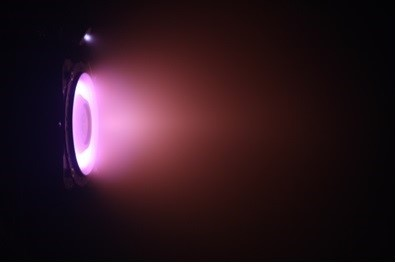

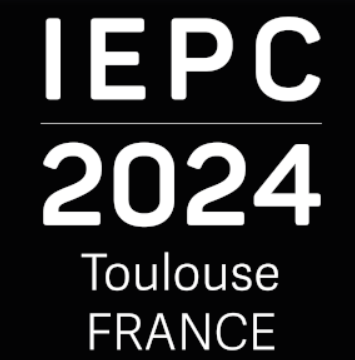



No comment
Log in to post comment. Log in.